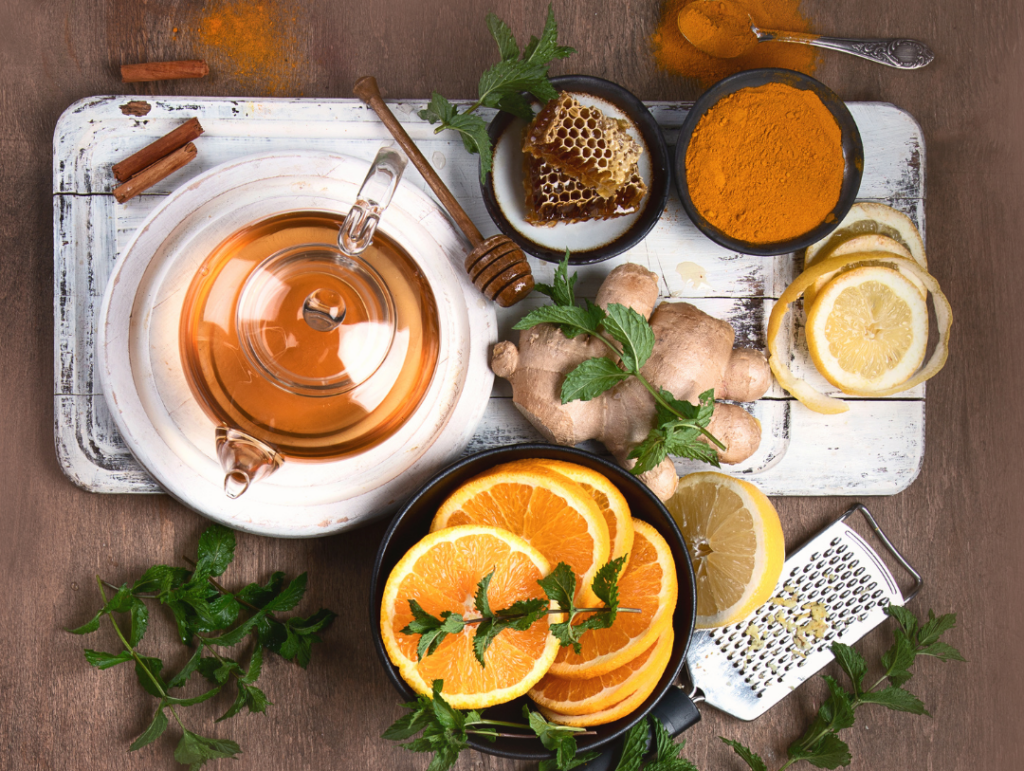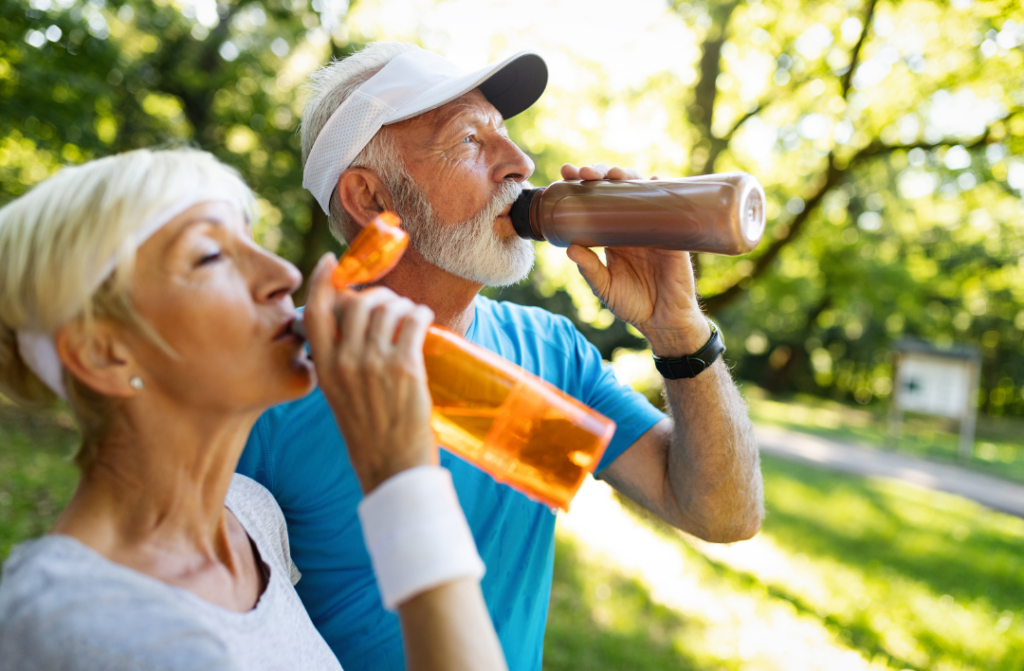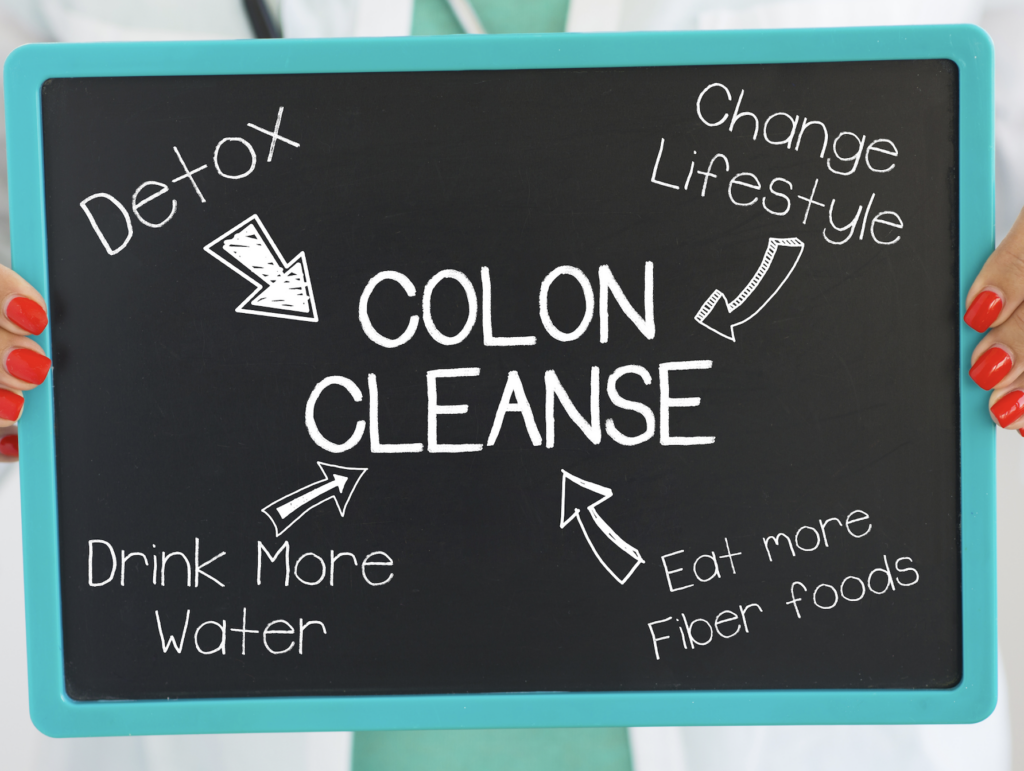
Protecting the Innocent: The Tech That Could End Sextortion for Good
In an era dominated by smartphones, social media, and anonymous messaging apps, our children face threats no generation has encountered before. One of the most

In an era dominated by smartphones, social media, and anonymous messaging apps, our children face threats no generation has encountered before. One of the most

A digital detox is needed now more than ever, as digital devices are our most valuable tools and constant companions. Whether we’re checking emails, scrolling

Chlorine dioxide, also known as the miracle solution, has been underestimated for many years. However, in recent years, this solution has risen to the surface,

Vegan-friendly protein options are readily available. In a world increasingly focused on health, sustainability, and ethical eating, plant-based diets are gaining more attention than ever.

The top 11 immune-boosting foods are surprisingly easy to find, and they are often used in our everyday meals. A healthy immune system is very

Does melatonin help anxiety? It’s a question that many individuals grappling with anxiety often ask, seeking relief and understanding in their journey toward better mental

Common signs of cancer people ignore often go unnoticed because of our fast-paced everyday lives. It is far too easy to write a minor ache

Tips to increase water intake can be beneficial in our busy lives, as often we forget to stay hydrated. Our goal with this blog is

Financial stress can cause problems that we often overlook. In our fast-paced, ever-insecure society, money problems are a silent but significant contributor to declining health.

Cleanse intestines and colon to revitalize your digestive system and boost your overall health! In today’s fast-paced world, our diets frequently lack the vital nutrients


By submitting this form you agree to receive messages from Health Secret & Well of Life. Your email address will NEVER be shared or sold. You’re always free to easily unsubscribe at any time. For more information see our Privacy Policy.